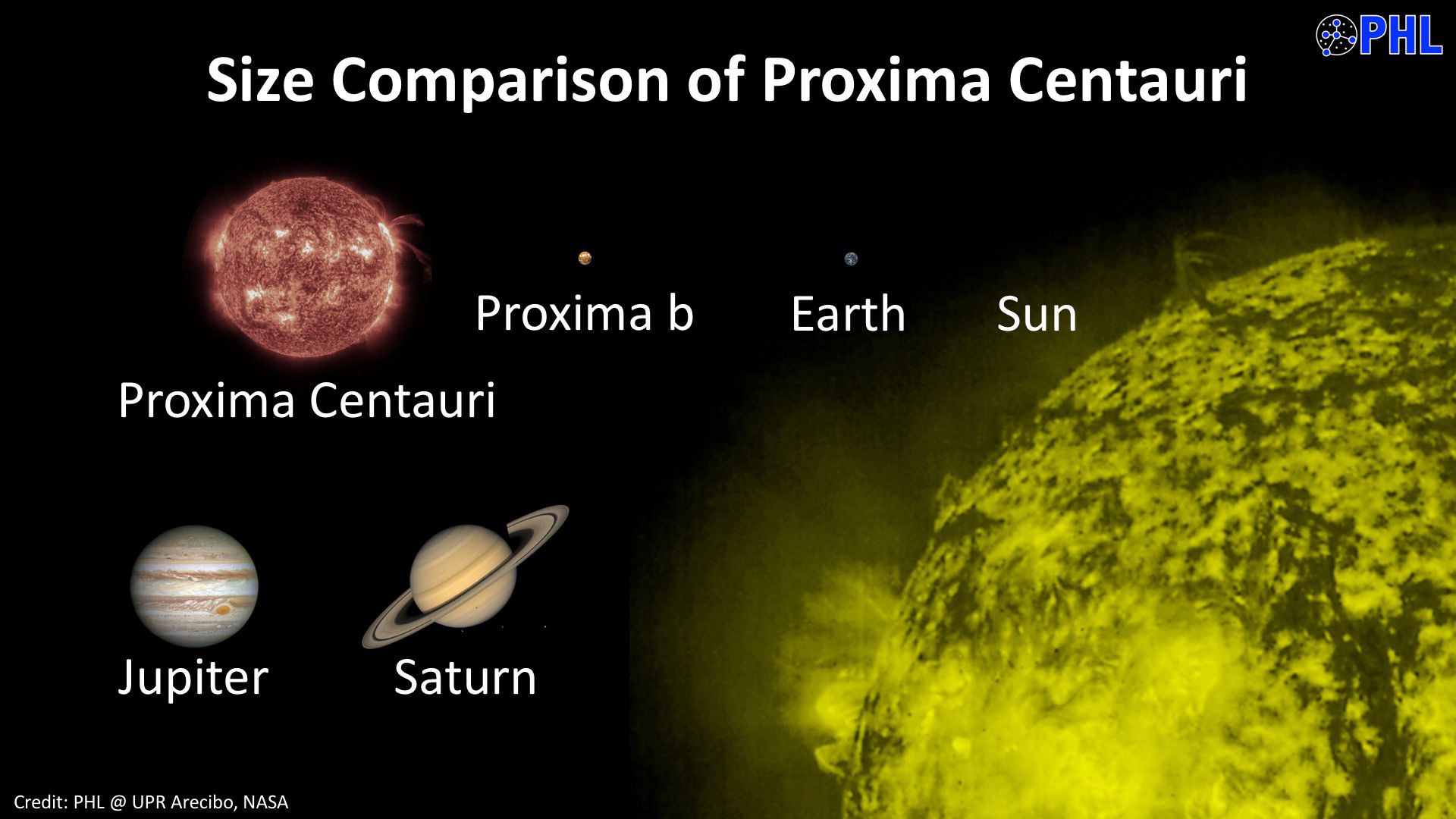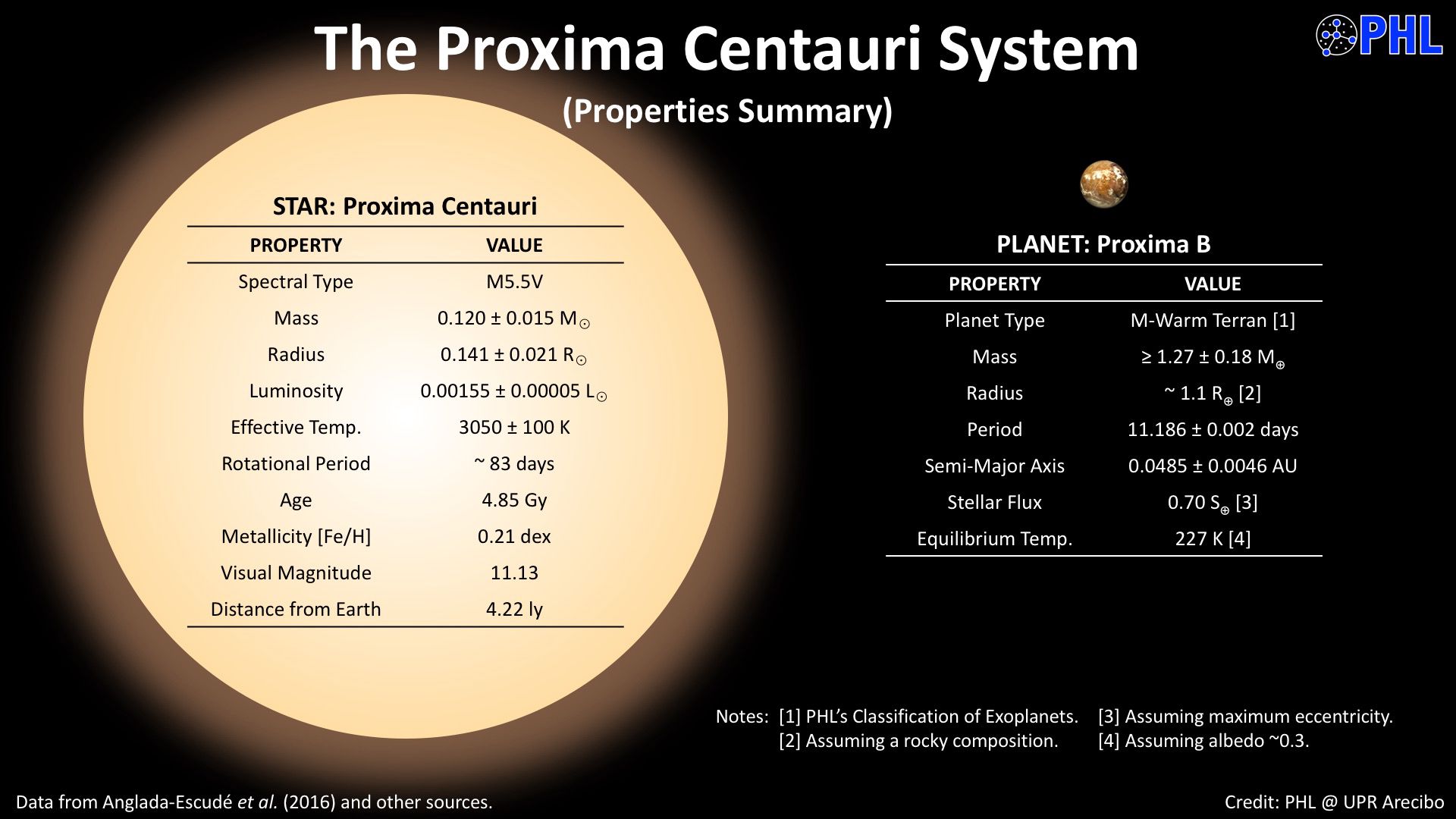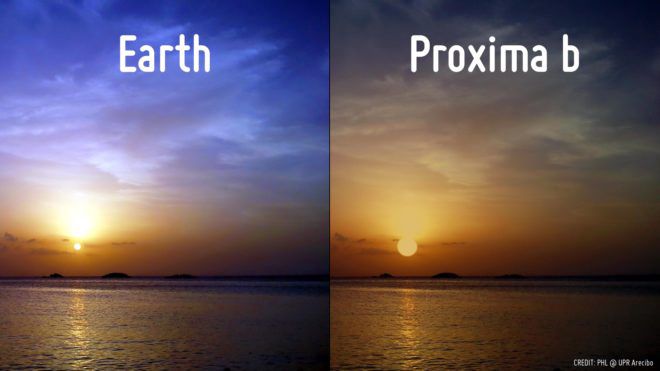Proxima-b
Proxima-b
this is exciting. Astronomers have found an Earth-like planet around Proxima Centauri, a red dwarf star in the Centauri system. They found this planet using the Pale Red Dot project in the European Southern Observatory in Chile. By using very sensitive spectrographic data in the Ultraviolet and visible (HARPS - High Accuracy Radial velocity Planet Searcher), they have determined that a planet orbiting Proxima Centauri is Earth-like and is in the habitable zone. The data was accumulated over 9 years. What it involves is measuring the wobble of the star as the planet orbits around it. What happens is that the star moves closer to us, it becomes bluer, and as it moves away from us, it becomes redder. Other observatories have verified this observation.

The important thing to keep in mind is that this system is only 4.2 light years away. That's really close by cosmology properties. The planet could have liquid water on its surface, a necessity for life to form. The bad news is that it's probably tidally locked to the star, which means that one side constantly faces the star.

This exo-planet orbits Proxima Centauri ever 11.2 days because it's only 4.7 million miles distance from the star. That's really close. The only reason it could be this close is because the brightness of Proxima Centauri is very low compared to our Sun. The other problem is that this star probably emits powerful flares that could blast the atmosphere with radiation. The planet would need a very powerful magnetosphere to shield life on the surface from this powerful radiation. The other hope is that this planet formed further away and then moved closer after the star calmed down.
The good news is that Proxima Centauri will exist for a very long time at its present luminosity. This would allow life to develop and mature. The other good news is that since this planet is so close, astronomers will soon be able to observe it directly. If this planet turns out to be habitable, it will be a definite candidate for human exploration. Maybe NASA's work with a warp drive propulsion system will allow this to happen.

The other good news about this is that there are probably millions of these kinds of planets in our galaxy because red dwarf stars tend to form earth-sized planets in the habitable zone.

Thanks for reading.
Bạn đang đọc truyện trên: Truyen247.Pro